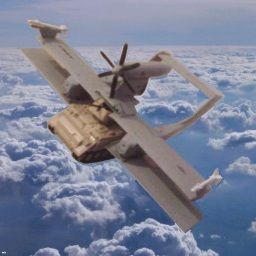In 1862, Georgia dentist, builder, and mechanic John Gilleland raised money from a coterie of Confederate citizens in Athens, Georgia to build the chain-shot gun for a cost of $350. Cast in one piece, the gun featured side-by-side bores, each a little over 3 inches in diameter and splayed slightly outward so the shots would diverge and stretch the chain taut. The two barrels have a divergence of 3 degrees, and the cannon was designed to shoot simultaneously two cannonballs connected with a chain to “mow down the enemy somewhat as a scythe cuts wheat”. During tests, the Gilleland cannon effectively mowed down trees, tore up a cornfield, knocked down a chimney, and killed a cow. These experiments took place along Newton Bridge Road northwest of downtown Athens. None of the previously mentioned items were anywhere near the gun’s intended target.
r*ddit


So, it worked?
Reading is hard.
Kindness is also hard (and takes practice). I believe in both of our abilities to keep improving!
Which isn’t necessarily an issue if your goal is to hit somewhere in a line of charging infantry. Why you wouldn’t just use canister shot is beyond me, but accuracy isn’t much of an issue if your target is an entire enemy formation.
It’s an issue if you need the chain to be stretched across parallel to the side by side group of soldiers charging at you.
I don’t think you realize how much they missed by:
“On its second firing, the chain shot across the horizon and into a thicket of pine.”
So, you’d miss the entire army you were shooting at, and hit a nearby forest.
Hey, it hit what was in front of it. The solution to the being “randomly inaccurate” problem is more of them!
Solution: aim the Gilleland cannon at what you don’t want to hit, then fire!
Unless one barrel misfires, then it hits whatever is standing next to it.
The key to victory is surprise. So. Surprise.
Poor cow
That’s, like, the joke.
The cow was a yankee sympathizer.
Moo!
The inventor seemed to think so.
The wikipedia article about it.
Yeah well he was a confederate so who gives a fuck what he thinks?
Not as intended.
Read the rest of the text